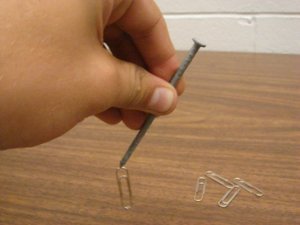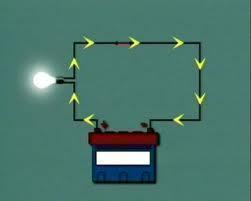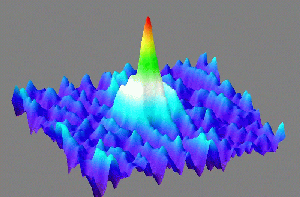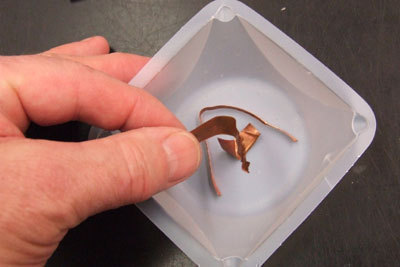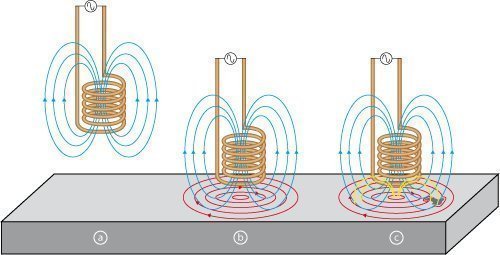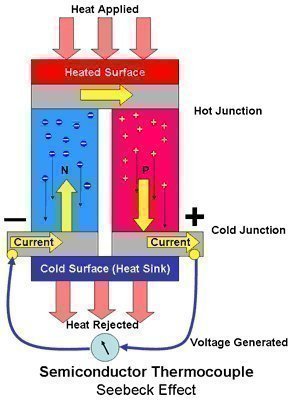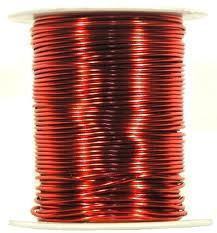Magnetic Permeability
Magnetic Permeability is a term refers to the ability of a material to gain or maintain magnetism. When certain materials are placed in a magnetic field they become magnetized. For example, when you take a piece of iron and rub it on a substance already magnetized or a magnet, it will become magnetized and have a …

